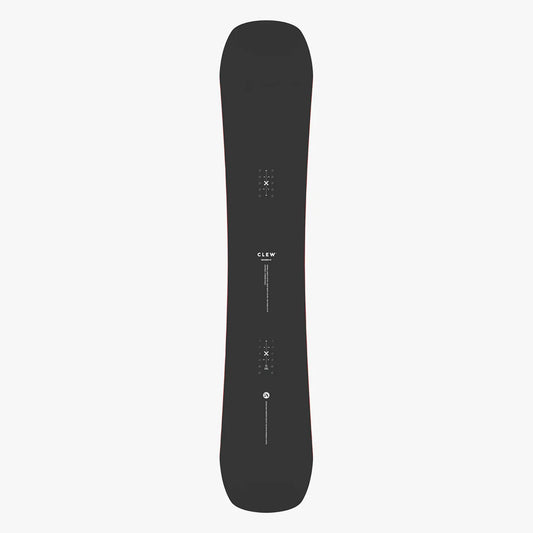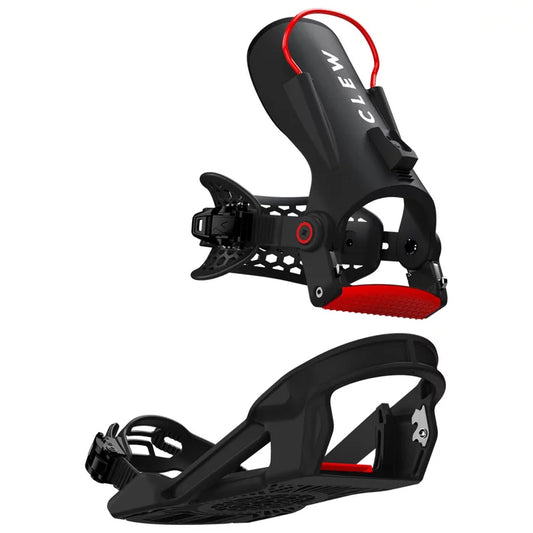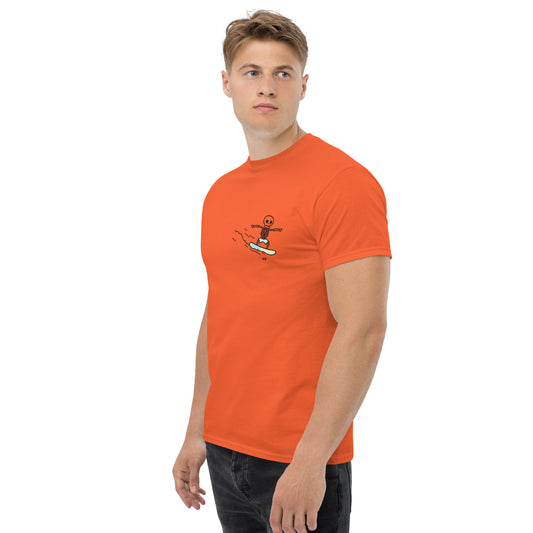
Discover the different sailing winds in kitesurfing: offshore, cross, onshore and upwind
Share
In kitesurfing, the onshore, offshore, cross and upwind winds have a significant impact on the practice of this water sport. The characteristics of each of these winds in relation to kitesurfing are described below:

Offshore Winds: In kitesurfing, offshore winds are the most dangerous, because if control of the kite or board is lost, the wind can carry the kiteboarder out to sea and away from the coast. In addition, offshore winds can generate strong currents and dangerous waves that make navigation difficult. Kiteboarders should exercise caution when riding in offshore winds and avoid riding solo in these conditions.
Crosswinds : In kitesurfing, crosswinds can be beneficial for riding in a direction that is not directly upwind. However, kitesurfers must be prepared to handle cross waves that can create difficulties in navigation. The kitesurfer's skill in the embroidery technique, that is, riding diagonally in relation to the wind, is important in handling crosswinds.
Onshore Winds: In kitesurfing, onshore winds can make riding easier as the wind pushes the kiteboarder inshore, making it easier to return to the beach in an emergency. However, kitesurfers should be aware of the presence of obstacles on the coast, such as rocks or piers, which can put navigation at risk.
Upwinds : In kitesurfing, upwinds can make navigation difficult as the kitesurfer must zigzag to advance against the wind. The kiteboarder's skill in the upwind technique is important to overcome these conditions and move efficiently against the wind.
The different winds that affect kitesurfing have specific characteristics that kitesurfers must take into account for safe and efficient navigation. The technical skill of the kitesurfer, the understanding of the wind conditions and the adequate preparation are essential for a safe practice of this water sport.









